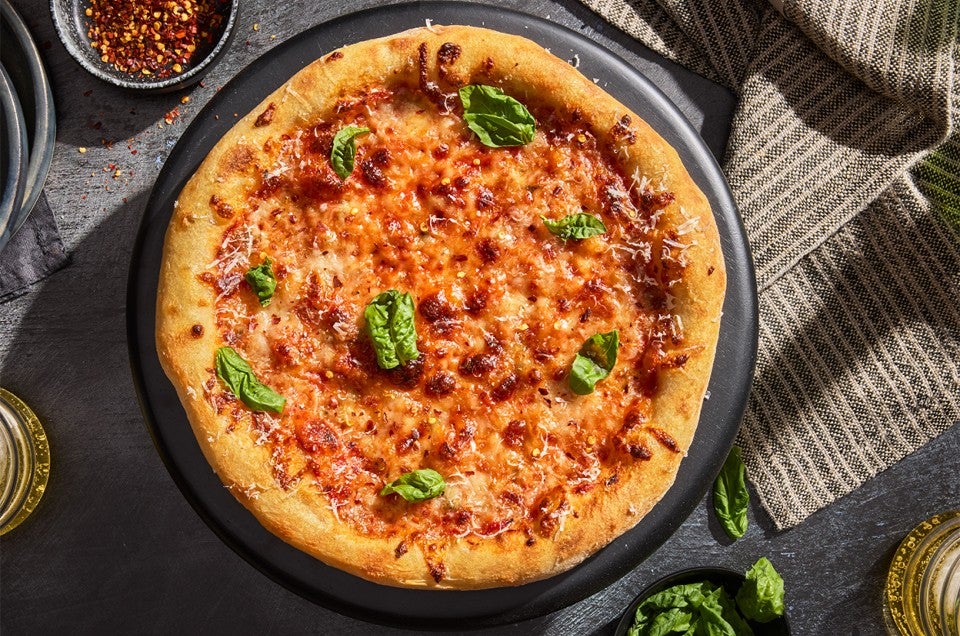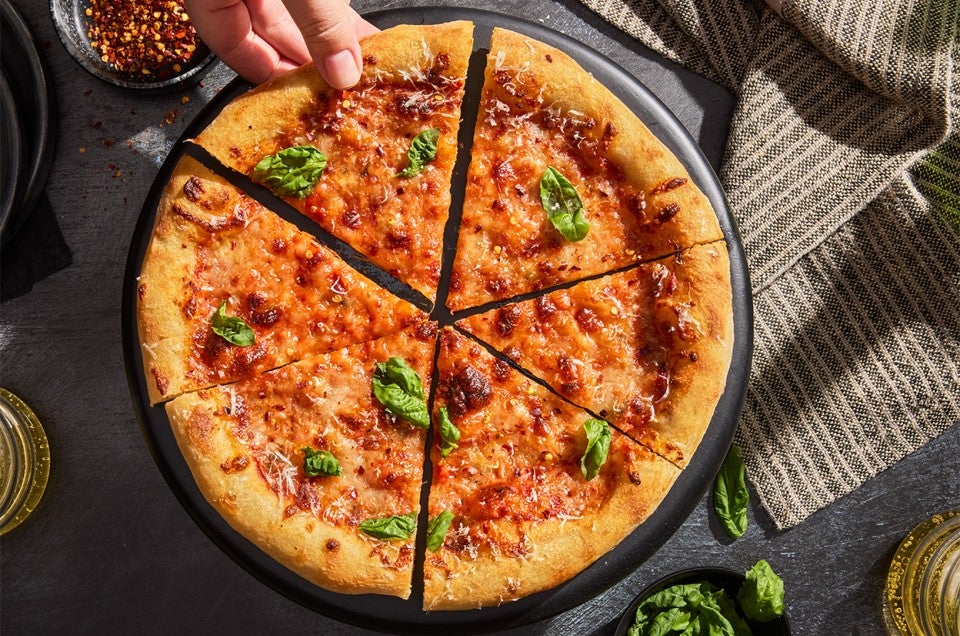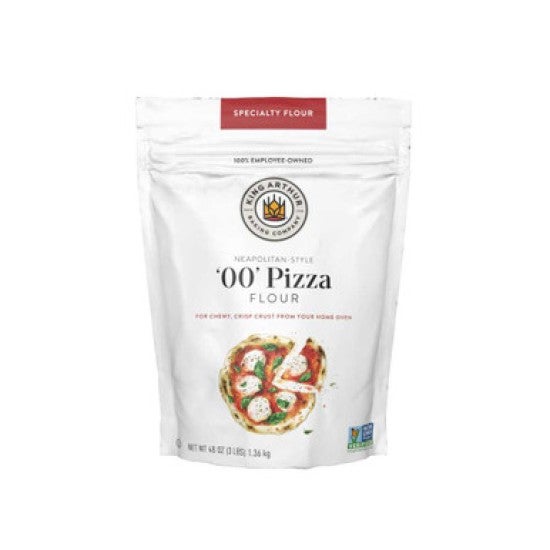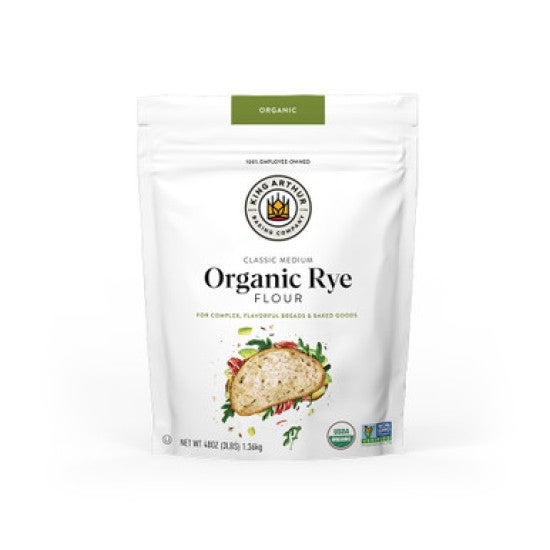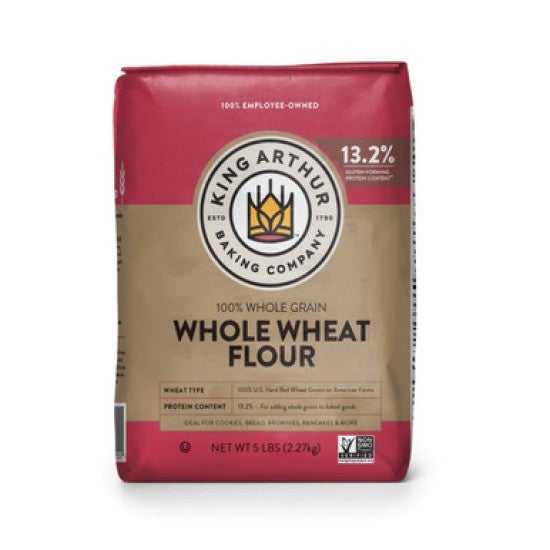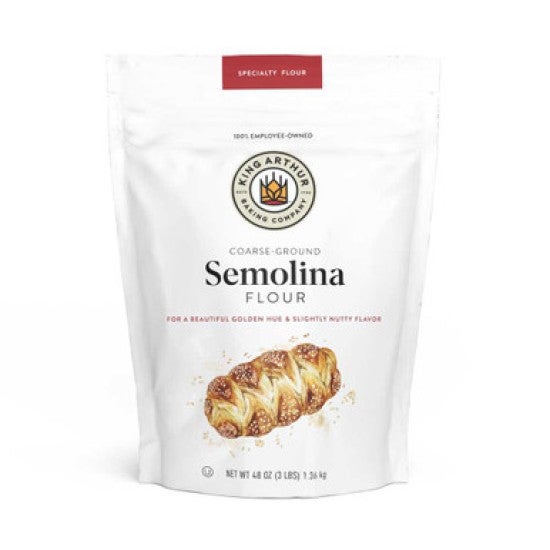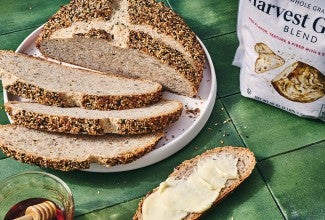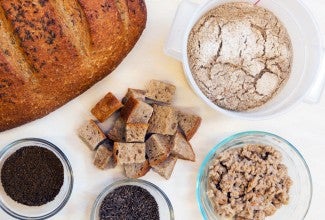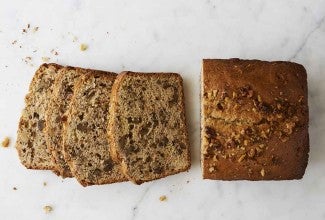-
To build the levain: Combine all the ingredients in a tall jar or medium bowl. Cover and leave in a warm place (72°F to 75°F) for 3 to 4 hours, or until doubled in size. You can use your levain right away or refrigerate it up to 12 hours (or overnight). If you refrigerate the levain overnight, let it rest for a couple of hours at room temperature the next day before moving onto the next step.
-
To make the dough: In a large bowl or the bowl of your stand mixer, combine the water and salt, stirring until the salt is completely dissolved.
-
Stir in scant 1 cup (200g) of the levain. (You’ll have some leftover; discard or save for another use.) Weigh your flours; or measure by gently spooning it into a cup, then sweeping off any excess. Add the flours to the bowl with the levain mixture, then stir, using the back of a wooden spoon and a bowl scraper, until the dough is homogenous, with no bits of flour remaining.
-
Cover the bowl and let the dough rest for 10 to 15 minutes.
-
To knead the dough by hand: Place the dough on a clean work surface. Use the slap and fold motion to knead the dough until it's smooth and springy: Gather the dough into a rough rectangle, then quickly pick it up in the center, fold it over onto itself in the air, slap it back onto the counter, and fold it over once more; the idea is to fold the dough over onto itself using your counter for assistance. Repeat this motion; you'll notice the dough quickly come together. Once the dough starts to tighten and resist stretching, let it rest for 5 minutes before continuing to work it. You'll know your dough is ready once it’s bouncy, responsive, and smooth. You should be able to squeeze it and pull it without any tearing. Transfer the dough to a lightly greased bowl.
-
To knead the dough in a stand mixer: Fit your mixer with the dough hook attachment and turn the mixer to medium-low speed. Knead until the dough becomes smooth and bouncy, about 10 minutes.
-
Cover the dough and let it rest (bulk ferment) until nearly doubled, about 4 hours.
-
To make pizzas: Divide the dough into 4 pieces (225g to 235g each) and use your palms to round them into balls. Place the balls on a greased or parchment-lined baking sheet or into a large lidded container that's lightly greased.
-
Cover the baking sheet well with plastic or put the lid on the container. Place the dough in the refrigerator for 24 to 48 hours.
-
About 2 hours before you’re ready to bake pizza, remove the dough from the refrigerator and leave it at room temperature.
-
About 1 hour before you’re ready to bake pizza, place a rack with a baking steel or stone in the top third of your oven and preheat the oven to 500°F.
-
Flour your work surface liberally (semolina is a good choice here, but any flour will work) and place one of your dough rounds in the center. With your fingertips, push from the middle to the outer edge of the dough. As you press, rotate and stretch the dough until the round is 10" to 12" in diameter. (Alternatively, shape your pizza on a piece of floured parchment; once you have achieved a 10" to 12" round, trim the parchment so that it’s nearly flush with your dough.)
-
Place the shaped pizza onto a semolina- or cornmeal-dusted baking peel or inverted baking sheet (or transfer the parchment to the peel or baking sheet).
-
Top the pizza with the sauce, cheese, and toppings of your choice.
-
Transfer the pizza to the hot stone and bake until the crust is as dark as you like and the cheese is bubbling, 10 to 15 minutes. As one pizza bakes, shape and top the next.
-
Remove the pizza from the oven and transfer it to a wire rack to cool slightly before slicing and serving.
